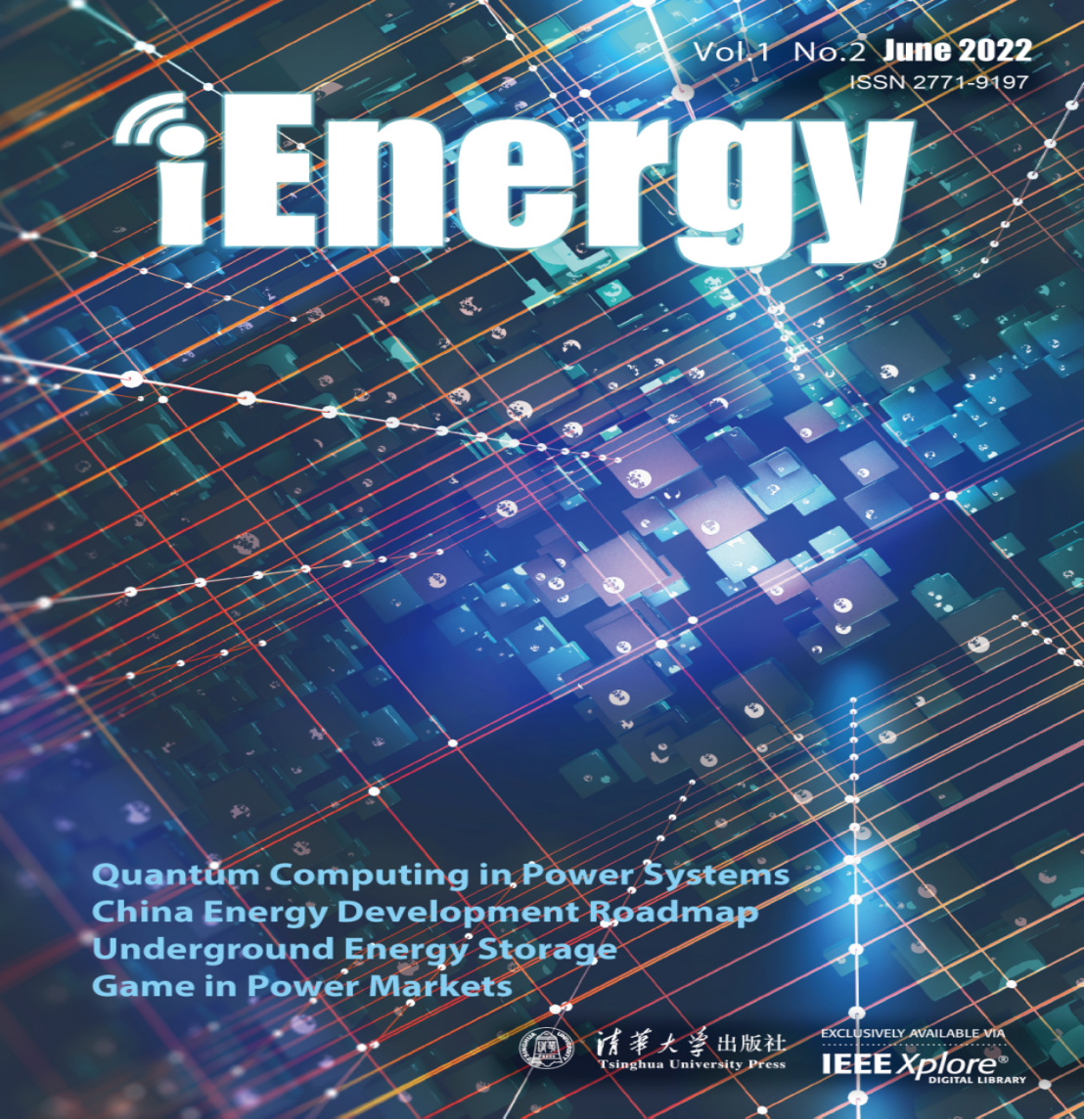
Vol 1, No 2, 2022 of iEnergy
News and Views
Authors: Shengwei Mei, Xiaodai Xue, Tong Zhan, Xuelin Zhang, Laijun Chen
Title: China’s National Demonstration Project for Compressed Air Energy Storage Achieved Milestone in Industrial Operation
iEnergy, (2022), 2: 143-144
On May 6, 2022, the national demonstration power station of Jintan Salt Cave Compressed Air Energy Storage Project, also the world first commercial power station of non-supplementary combustion compressed air energy storage project, was officially put into operation. This article introduces the operation principle, technical parameters and advancement of this national demonstration power station in Jintian, clarified the leading significance and future role of this project as a national demonstration project, and further describes the long-term planning of the compressed air energy storage project in Jintan area in the future.
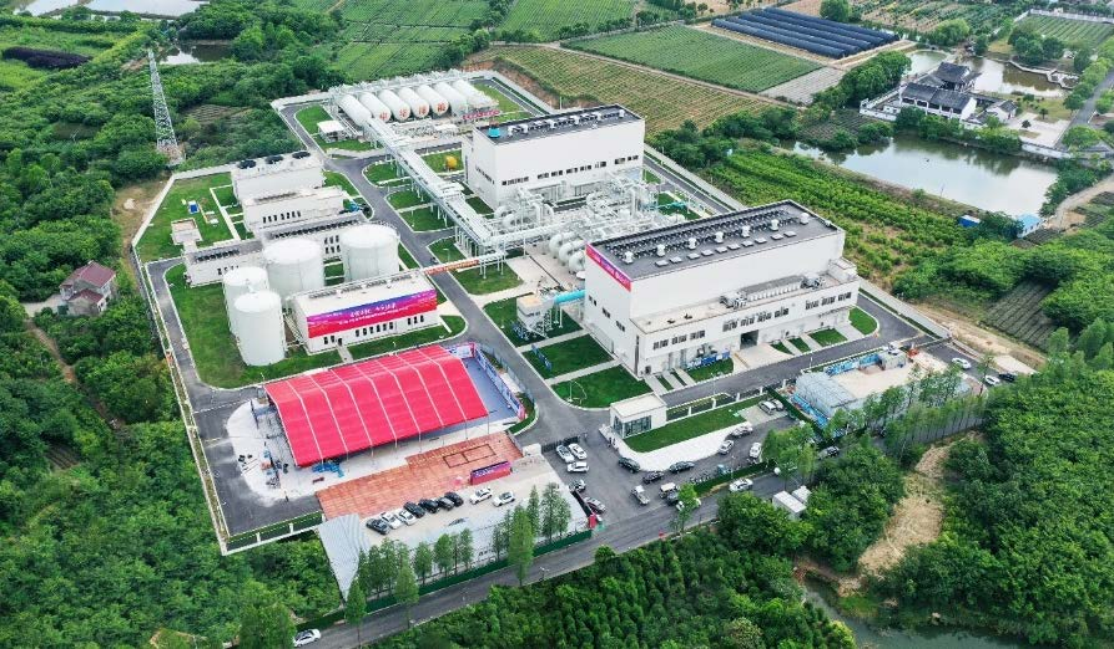
2. Author: Yinao Su
Title: Understandings of Carbon Peaking, Carbon Neutrality, and Energy Development Strategy of China
iEnergy, (2022), 2: 145-148
Carbon neutralization is one of China’s important strategic goals to build a great socialist country with Chinese characteristics. This article briefly introduces the research achievement of the team of Academician Su Yinao on the national energy development strategy of “carbon peaking and carbon neutrality”, including: basic concepts, basic understanding, data prediction, scenario analysis and paths for realization. On this basis, it put forwards “seven strategic projects” to achieve carbon peaking and carbon neutrality: energy saving, decarbonization, innovation, efficiency improvement, emergency response, support and cooperation.
3. Author: Chuangjun Li
Title: China’s Strategies and Initiatives to Foster High-quality Leaping Development of Renewable Energy
iEnergy, (2022), 2: 149-150
Creating a clean and low-carbon energy production and consumption system and realizing the high-quality development of renewable energy is the key to achieving carbon peaking and carbon neutrality. This paper briefly describes China’s progress in renewable energy development, and proposes to accelerate the development and construction of renewable energy in two fields: large-scale development of renewable energy bases and local and nearby development of distributed renewable energy. Then it proposes three measures to optimize the development environment of renewable energy, and points out the development orientation of renewable energy.
Letters
Authors: Tong Liu, Hui Li, Weikang Tang, Zhengxiong Wang
Title: Intelligent control for predicting and mitigating major disruptions in magnetic confinement fusion
iEnergy, (2022), 2: 153-157
Magnetic confinement fusion is believed to be one of the promising paths that provides us with an infinite supply of an environment friendly energy source, naturally contributing to a green economy and low-carbon development. Nevertheless, the major disruption of high temperature plasmas, a big threat to fusion devices, is still in the way of mankind accessing to fusion energy. Although a bunch of individual techniques have been proved to be feasible for the control, mitigation, and prediction of disruptions, complicated experimental environments make it hard to decide on specific control strategies. The traditional control approach, designing a series of independent controllers in a nested structure, cannot meet the needs of real-time complicated plasma control, which requires extended engineering expertise and complicated evaluation of system states referring to multiple plasma parameters. Fortunately, artificial intelligence (AI) offers potential solutions towards entirely resolving this troublesome issue. To simplify the control system, a radically novel idea for designing controllers via AI is brought forward in this work. Envisioned intelligent controllers should be developed to replace the traditional nested structure. The successful development of intelligent control is expected to effectively predict and mitigate major disruptions, which would definitely enhance fusion performance, and thus offers inspiring odds to improve the accessibility of sustainable fusion energy.
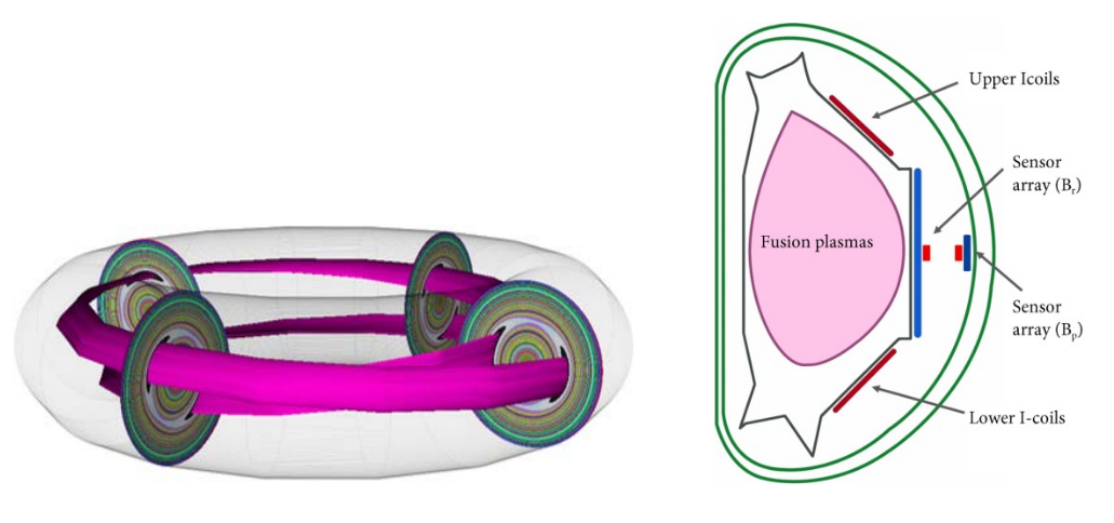
Reviews
1. Authors: Ektor-Ioannis E. Stasinos, Dimitris N. Trakas, Nikos D. Hatziargyriou
Title: Microgrids for Power System Resilience Enhancement
iEnergy, (2022), 2: 158-169
Power system resilience is defined as the ability of power grids to anticipate, withstand, adapt and recover from high-impact low-probability (HILP) events. There are long-term and short-term measures that system operators can employ for resilience reinforcement. Long-term measures include infrastructure hardening and resilient planning, while short-term operational measures are applied in the pre-event, during-event and post-event phase. Microgrids (MGs) can effectively enhance resilience for both transmission and distribution systems, due to their ability to operate in a controlled, coordinated way, when connected to the main power grid and in islanded mode. In the paper, MG-based strategies for resilience enhancement are presented, including MG-based resilient planning, and MG-based operational measures, consisting of preventive MG scheduling and emergency measures and MG-based system restoration. A classification of literature is made considering whether transmission system, distribution system or individual MG resilience is targeted and the way uncertainties are handled. Finally, challenges and future research requirements for improving MG-based power system resilience are highlighted.
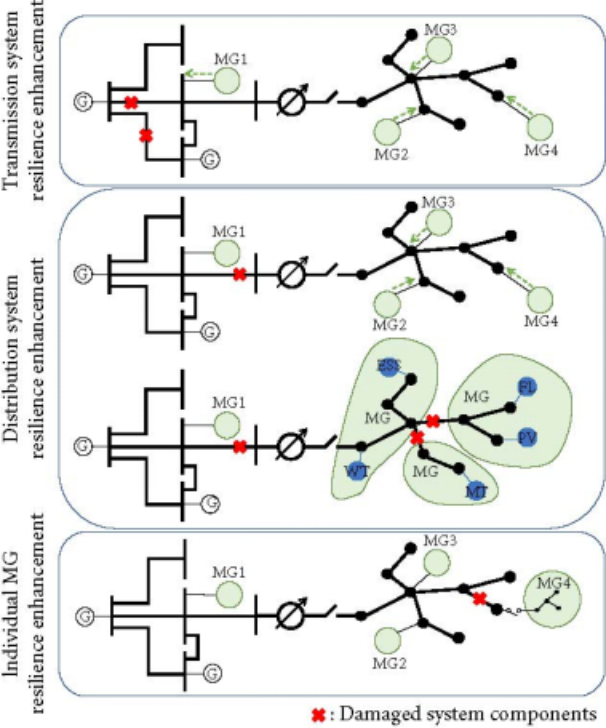
2. Authors: Yifan Zhou, Zefan Tang, Nima Nikmehr, Pouya Babahajiani, Fei Feng, Tzu-Chieh Wei, Honghao Zheng, Peng Zhang
Title: Quantum Computing in Power Systems
iEnergy, (2022), 2: 170-187
Electric power systems provide the backbone of modern industrial societies. Enabling scalable grid analytics is the keystone to successfully operating large transmission and distribution systems. However, today’s power systems are suffering from ever-increasing computational burdens in sustaining the expanding communities and deep integration of renewable energy resources, as well as managing huge volumes of data accordingly. These unprecedented challenges call for transformative analytics to support the resilient operations of power systems. Recently, the explosive growth of quantum computing techniques has ignited new hopes of revolutionizing power system computations. Quantum computing harnesses quantum mechanisms to solve traditionally intractable computational problems, which may lead to ultra-scalable and efficient power grid analytics. This paper reviews the newly emerging application of quantum computing techniques in power systems. We present a comprehensive overview of existing quantum-engineered power analytics from different operation perspectives, including static analysis, transient analysis, stochastic analysis, optimization, stability, and control. We thoroughly discuss the related quantum algorithms, their benefits and limitations, hardware implementations, and recommended practices. We also review the quantum networking techniques to ensure secure communication of power systems in the quantum era. Finally, we discuss challenges and future research directions. This paper will hopefully stimulate increasing attention to the development of quantum-engineered smart grids.
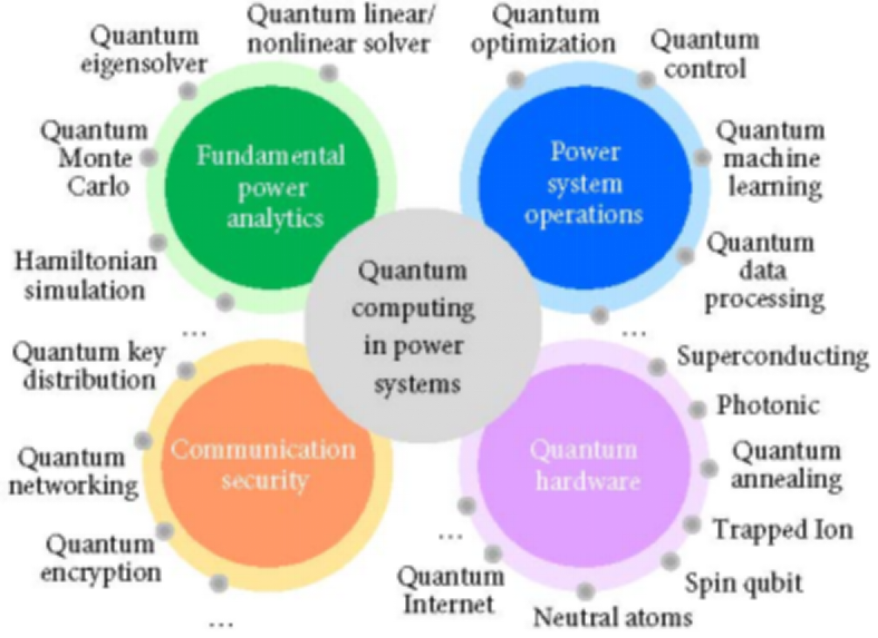
3. Authors: Qixin Chen, Xichen Fang, Hongye Guo, Kedi Zheng, Qinghu Tang, Ruike Lyu, Kaikai Pan, Peter Palensky, Daniel S. Kirschen, Chongqing Kang
Title: Competition and Equilibrium in Power Markets under Decarbonization and Decentralization
iEnergy, (2022), 2: 188-203
Equilibrium analysis has been widely studied as an effective tool to model gaming interactions and predict market results. However, as competition modes are fundamentally changed by the decarbonization and decentralization of power systems, analysis techniques must evolve. This article comprehensively reviews recent developments in modelling methods, practical settings and solution techniques in equilibrium analysis. Firstly, we review equilibrium in the evolving wholesale power markets which feature new entrants, novel trading products and multi-stage clearing. Secondly, the competition modes in the emerging distribution market and distributed resource aggregation are reviewed, and we compare peer-to-peer clearing, cooperative games and Stackelberg games. Furthermore, we summarize the methods to treat various information acquisition degrees, risk preferences and rationalities of market participants. To deal with increasingly complex market settings, this review also covers refined analytical techniques and agent-based models used to compute the equilibrium. Finally, based on this review, this paper summarizes key issues in the gaming and equilibrium analysis in power markets under decarbonization and decentralization.
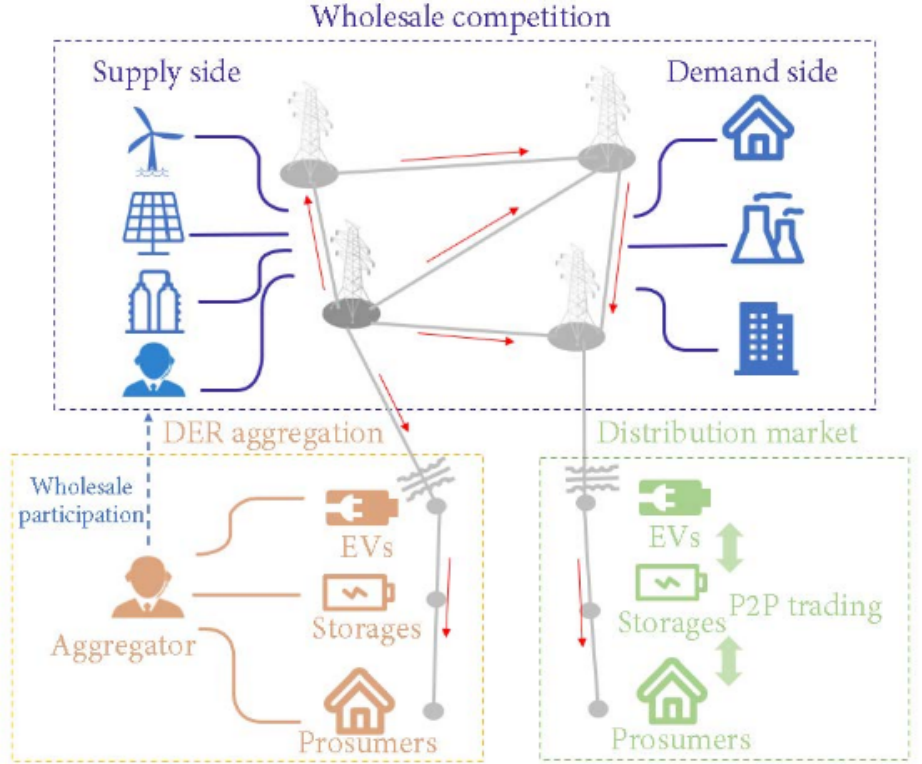
4. Authors: Haomiao Li, Yi Shen, Zhuchan Zhang, Anran Cheng, Kangli Wang, Xianbo Zhou, Peng Cai, Yujie Zhang, Mengjun Li, Min Zhou, Wei Wang, Ruxing Wang, Kai Jiang
Title: Interfacial Engineering of Metal Electrodes for High-specific-energy and Long-lifespan Batteries
iEnergy, (2022), 2: 204-222
High-specific-energy batteries with long-lifespan are the development aspiration for energy storage applications. Metal electrodes with high specific capacity and low reduction potential are potential candidates for next-generation high-specific-energy batteries. Nevertheless, the stability of the metal electrode batteries is constantly suffered from the unstable interface issue during the plating/stripping process, such as dendrite formation, dynamic evolution of solid electrolyte interphase, and other accompanied side reactions. To solve these challenges, numerous researches have been intensively studied based on the interfacial engineering of metal electrodes, including electrode configuration optimization, interfacial chemistry regulation and solid-solid interface construction, and the recent progress is elaborately introduced in this paper. Nevertheless, the dendrite issues cannot be entirely prohibited in solid metal electrodes, which motivate the search for potential alternatives. Liquid-metal electrodes with completely reversible structural changes and high mass transfer rate are rendered as an effective approach to solve the dendrite problem. Therefore, the development of liquid metal electrode batteries is reviewed in this paper, in which the interfacial issues are explicated and some commendable achievements are summarized. In the end, the implementation of interfacial engineering and the development roadmap of the metal electrode batteries are prospected.
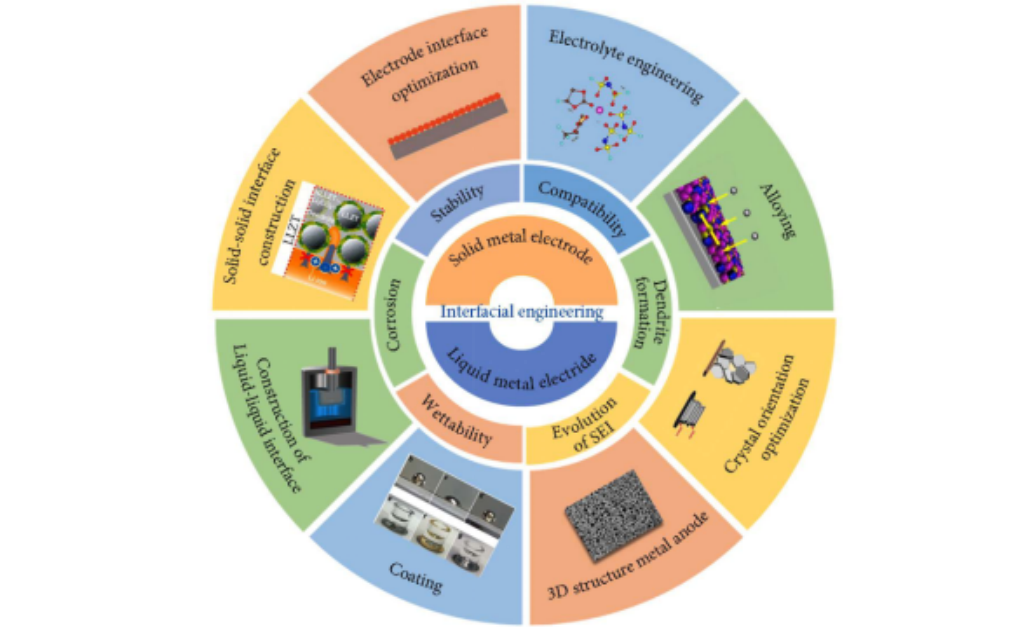
Articles
1. Authors: Xinxi Li, Zixin Wu, Qiqiu Huang, Canbing Li, Yang Jin, Guoqing Zhang, Wensheng Yang, Jian Deng, Kang Xiong, Yuhang Wu
Title: Design of Fame Retardant Form-stable Composite Phase Change Materials for Battery Thermal Management System
iEnergy, (2022), 2: 223-235
Phase change materials have attracted significant attention owing to their promising applications in many aspects. However, it is seriously restricted by some drawbacks such as obvious leakage, relatively low thermal conductivity, and easily flame properties. Herein, a novel flame retardant form-stable composite phase change material (CPCM) with polyethylene glycol/epoxy resin/ expanded graphite/magnesium hydroxide/zinc hydroxide (PEG/ER/EG/MH/ZH) has been successfully prepared and utilized in the battery module. The addition of MH and ZH ( MH:ZH=1:2) as flame retardant additions can not only greatly improve the flame retardant effect but also maintain the physical and mechanical properties of the polymer. Further, the EG (5%) can provide the graphitization degree of residual char which is beneficial to building a more protective barrier. This designation of CPCM can exhibit leakage-proof, high thermal conductivity (increasing 400%-500%) and prominent flammable retardant performance. Especially at 3C discharge rate, the maximum temperature is controlled below 54.2 °C and the temperature difference is maintained within 2.2 °C in the battery module, which presents a superior thermal management effect. This work suggests an efficient and feasible approach toward exploiting a multifunctional phase change material for thermal management systems for electric vehicles and energy storage fields.
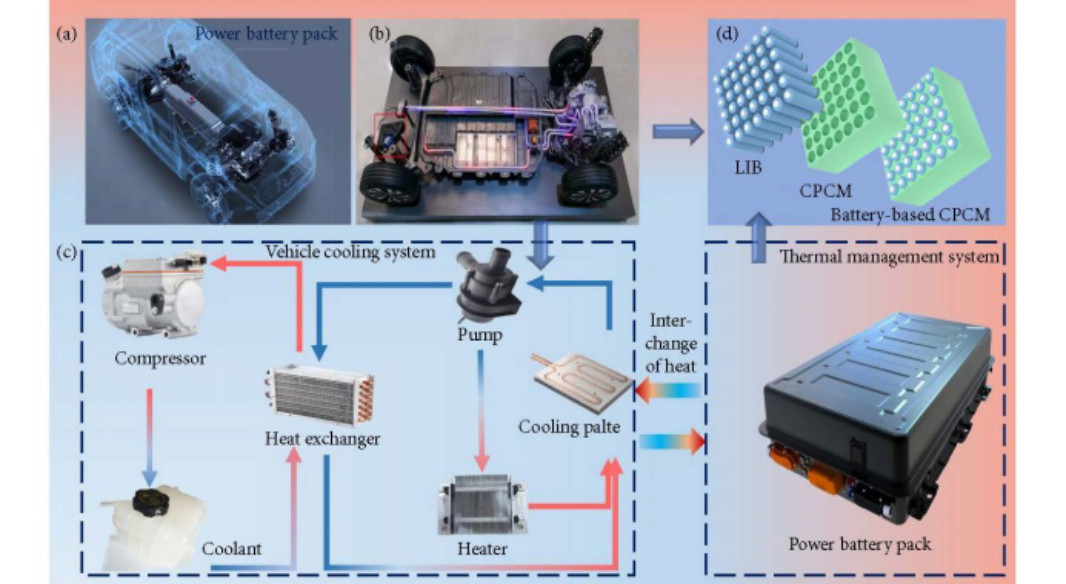
2. Authors: Guoqiang Xu, Jingjing Fu, Chuanyang Li, Juntong Xing, Chaojie Chen, Wei-Hsin Liao, Zhonglin Wang, Yunlong Zi
Title: A Nonlinear Triboelectric Nanogenerator with a Broadened Bandwidth for Effective Harvesting of Vibration Energy
iEnergy, (2022), 2: 204-222
A narrow resonance bandwidth of an energy harvesters limits its response to the wide frequency spectrum in ambient environments. This work proposes an addition of a nonlinear restoring force applied to a triboelectric nanogenerator (TENG) to tune and broaden the resonance bandwidth. This restoring force is applied by permanent magnets at both sides of the slider and two external magnets. The noncontact strategy is adopted between the slider and the grating electrodes to avoid the wear of electrodes and energy loss caused by friction. The results show that compared with the linear system, the nonlinear noncontact TENG (NN-TENG) can increase the peak current from 6.3 μA to 7.89 μA, with an increment of about 25%, increase the peak power from 650 μW to 977 μW, increasing by about 50%, and increase the bandwidth from 0.5 Hz to 7.75 Hz, increasing by about 1400%. This work may enable a new strategy to boost the bandwidth and output power of TENG through nonlinear oscillators.
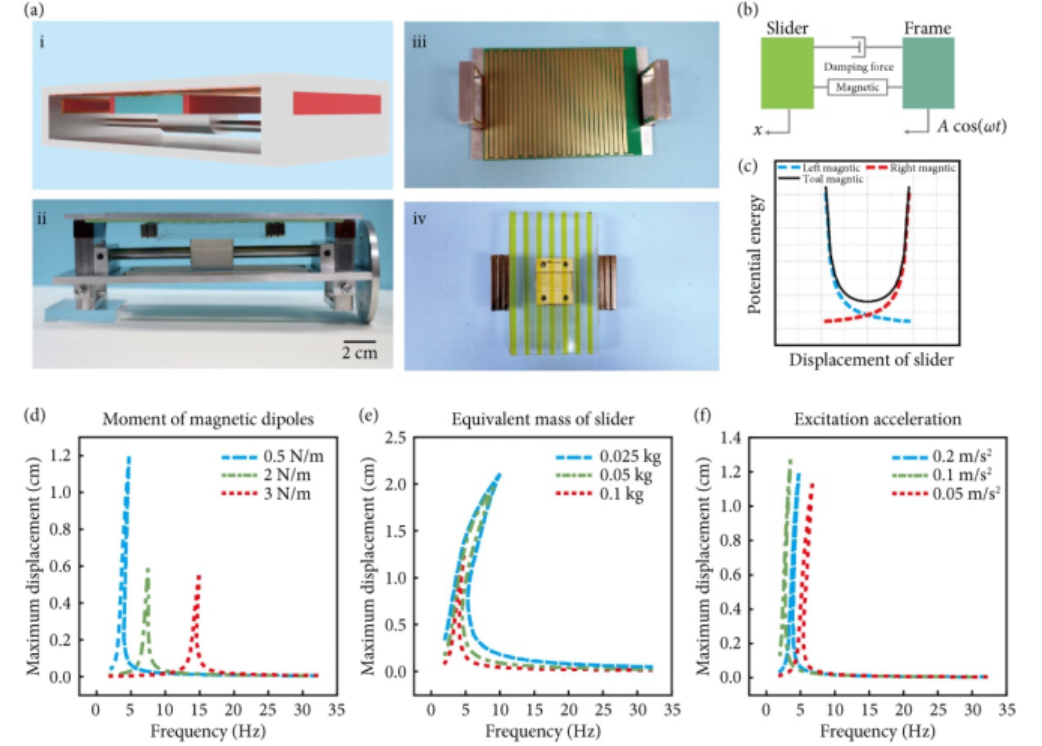
3. Authors: Wusong Wen, Zhengming Zhao, Shiqi Ji, Liqiang Yuan
Title: Low-voltage Ride Through of Multi-port Power Electronic Transformer
iEnergy, (2022), 2: 223-235
A low-voltage ride-through (LVRT) control strategy for the multi-port power electronic transformer (PET) based on power co-regulation is proposed. During the sag and recovery of the grid-side voltage of the medium-voltage ac (MVac) port, the grid-connected active power of the low-voltage ac (LVac) port, rather than the power from external renewable energy sources (e.g., photovoltaic (PV)), is adjusted quickly to rebalance the power flowing across all ports, thereby preventing overcurrent and overvoltage. Moreover, a power-coordinate-frame-based LVRT mode classification is designed, and a total of six LVRT modes are classified to meet the LVRT requirements in all power configuration scenarios of the PET. In this way, the PET is endowed with the LVRT capability in both power-generation and power-consumption states, which is significantly different from traditional power generation systems such as PV or wind power. Furthermore, by optimizing the active power regulation path during LVRT transition, the overcurrent problem caused by the grid-voltage sag-depth detection delay is overcome. Finally, the effectiveness of the proposed control scheme is verified by experiments on a hardware-in-the-loop platform.
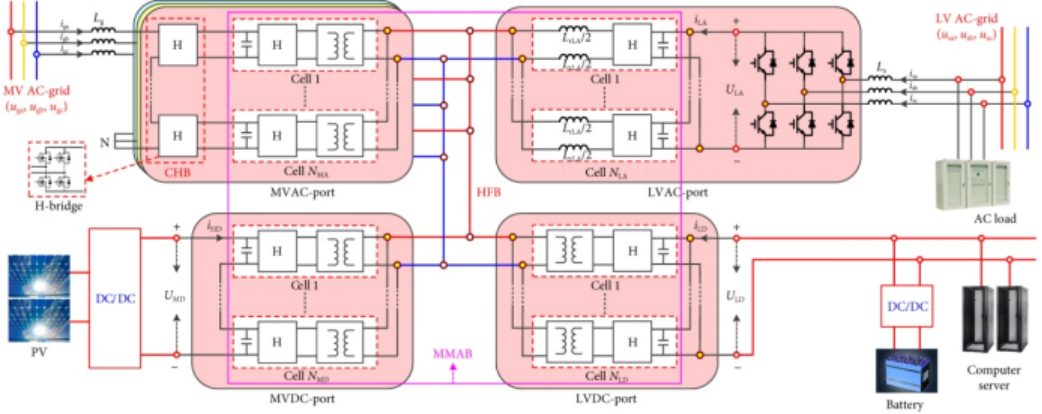
4. Authors: Qiuye Sun, Chengze Ren, Jingwei Hu, Rui Wang
Title: Non-intrusive Modeling for Integrated Energy System Based on Two-stage GAN
iEnergy, (2022), 2: 236-242
Generally, an accurate model can describe the operating states of a system more effectively and provide a more reliable theoretical basis for the system optimization and control. Different from the traditional intrusive modeling, a non-intrusive modeling method based on two-stage generative adversarial network (TS-GAN) is proposed for integrated energy system (IES). By using this method, non-intrusive modeling for the IES including photovoltaic, wind power, energy storage, and energy coupling equipment can be carried out. First, the characteristics of IES are analyzed and extracted based on the meteorological data, energy output, and energy price, and then the characteristic database is established. Meanwhile, the loads are classified as uncontrollable loads and schedulable loads based on frequency domain decomposition to facilitate energy management. Furthermore, TS-GAN algorithm based on the Stackelberg game is designed. In the TS-GAN, the first-stage GAN is used to generate the operating data of each equipment identified by non-invasive monitoring, and the second-stage GAN distinguishes the accumulated data generated by first-stage GAN and further modifies the generator models of the first-stage GAN. Finally, the effectiveness and accuracy of the proposed method are verified by the simulation of an energy region.
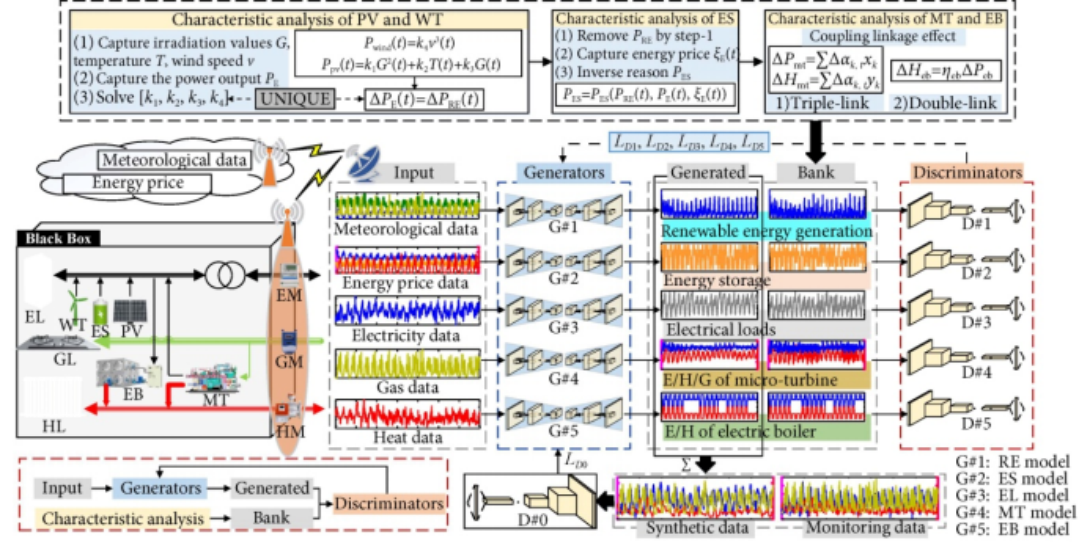
iEnergy 2022 Vol 1 No 2

Scan & Read

















 News & Events
News & Events